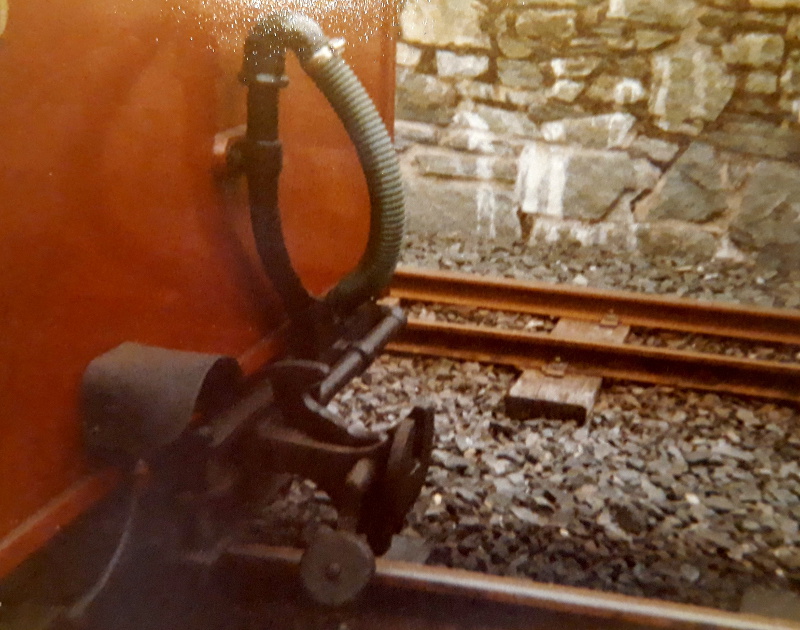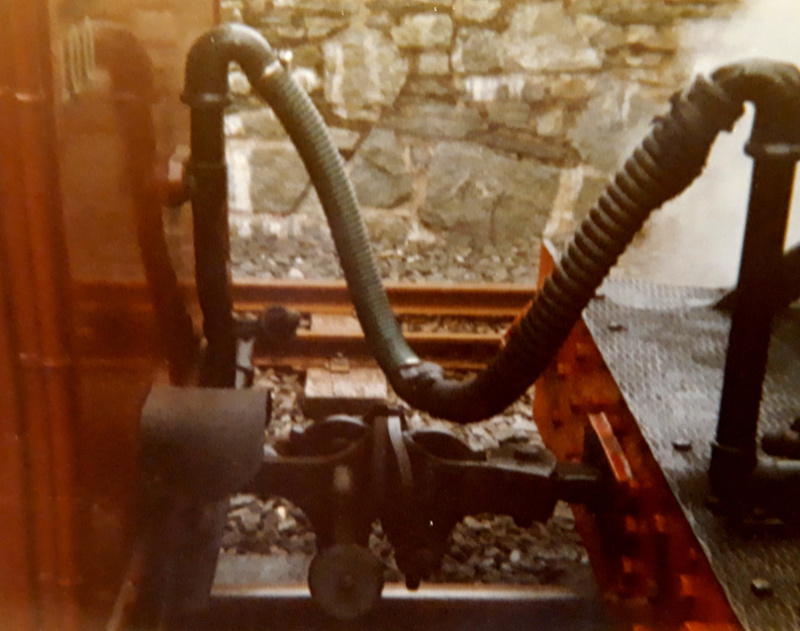The mighty chopper
Or, an eye for detail
Regular readers will know I’m the sort of person who always has an eye for odd little details, odd little quirks of history or mechanical gubbins. You’ll probably be unsurprised to know that this has never really changed much.
Last week I posted photos of my first ever trip to the Ffestiniog Railway, from back when I was still in primary school. I can still remember being intrigued by the “chopper” couplings the Ffestiniog has used as standard since the 1950s (and to some degree since the 1870s—naturally the full details are online). I can’t say it was the first time I had seen them, but it was the first time I had been close enough to notice they were a novelty to me, enough for me to want to take photographs of how they work. So, naturally, I did.

This is my grainy 110-film photo of the coupling on FfR Car 100. On the far left is its electrical connector, with a hood to shelter it. In the middle is the coupling: a central buffer with a hinged hook fitting into a slot, and a weight (the “bob”) hanging below. Bear in mind that when I took this picture I didn’t know any of this; I was just intrigued by this peculiar metal prong. I’ve learned the technical details since.

After the loco (Mountaineer) coupled up to the train, this is what it looked like. The hook on each coupling is swung down into the opposite slot, but initially it doesn’t drop all the way; it’s blocked by a camshaft attached to the bob. The bob is swung to one side until the hook drops into its running position, and then swung back; the bob’s camshaft locks the hook into place and prevents it lifting. After that, you can attach the brake hoses.
Nowadays, of course, there are probably a thousand videos of how this works online, that you can go and watch whenever you like. I’m quietly pleased with myself, though, that back in the day when you couldn’t do that, this is the sort of thing I felt worth recording on film.

 Home
Home